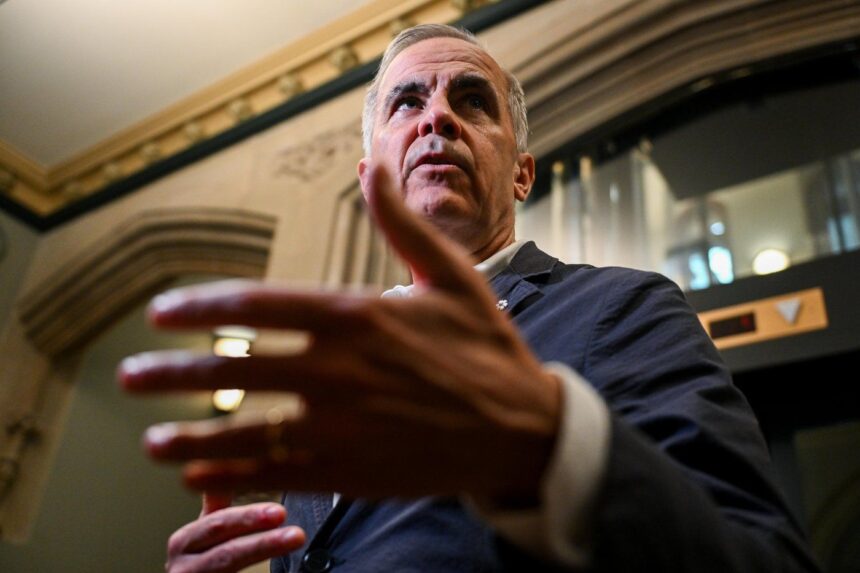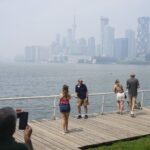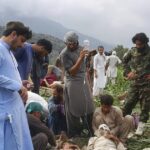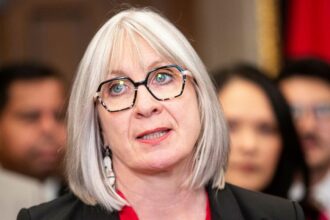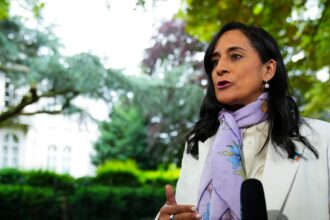As flames tear through vast swathes of Canadian wilderness for the third consecutive summer, Prime Minister Mark Carney has convened an emergency meeting of the Incident Response Group to address what officials are calling “unprecedented wildfire conditions” across multiple provinces.
The emergency summit, scheduled for tomorrow morning in Ottawa, brings together federal ministers, provincial representatives, and emergency management officials as communities from British Columbia to Quebec face evacuation orders amid rapidly spreading blazes.
“We are witnessing climate change in real-time, and the consequences are devastating Canadian communities,” Carney stated during a press briefing outside Rideau Cottage this morning. “This government is mobilizing all available resources to protect lives, homes, and critical infrastructure.”
The meeting comes as Environment Canada reports that over 4.2 million hectares have already burned this season—an area larger than Switzerland—with forecasts suggesting continued hot, dry conditions throughout August. The Canadian Interagency Forest Fire Centre has classified nearly 40% of active fires as “out of control,” straining firefighting resources nationwide.
Federal Emergency Preparedness Minister Anne McGrath confirmed that the Canadian Armed Forces has deployed over 1,200 personnel to support firefighting operations, with additional units on standby. “We’re facing a national emergency that requires coordinated action across all levels of government,” McGrath told CO24 News.
For communities on the frontlines, the human toll is mounting. In northern British Columbia, the town of Burns Lake has been completely evacuated after flames engulfed residential areas on Tuesday. Local resident James Wilson described the chaotic evacuation: “We had twenty minutes to grab what we could. The sky was orange, ash was falling like snow, and you could hear the fire coming.”
Climate scientists from the University of British Columbia point to a troubling pattern. “What we’re experiencing isn’t just bad luck—it’s the new normal,” explains Dr. Sarah Chen, climatologist and CO24 consultant. “The data shows Canada is warming at twice the global average rate, creating conditions perfect for these catastrophic fire seasons.”
The economic impact is already substantial. The Insurance Bureau of Canada estimates damages could exceed $5 billion this year, while smoke has disrupted air travel and reduced tourism in affected regions. Finance Minister Michael Rousseau acknowledged these concerns, telling reporters that emergency funding will be made available to affected communities through an expedited disaster assistance program.
Opposition leader Pierre Poilievre criticized the government’s response as “reactive rather than proactive,” calling for increased investment in firefighting equipment and forest management. However, provincial leaders have largely praised federal coordination efforts.
As Canadians watch smoke plumes on their horizons, the Incident Response Group faces difficult decisions about resource allocation and potential military deployments. Sources within the Prime Minister’s Office indicate that discussions will include both immediate response measures and longer-term climate adaptation strategies.
The question now facing both policymakers and citizens: in a country increasingly defined by its relationship with fire, can Canada develop the resilience needed to protect communities in this new era of climate instability?

